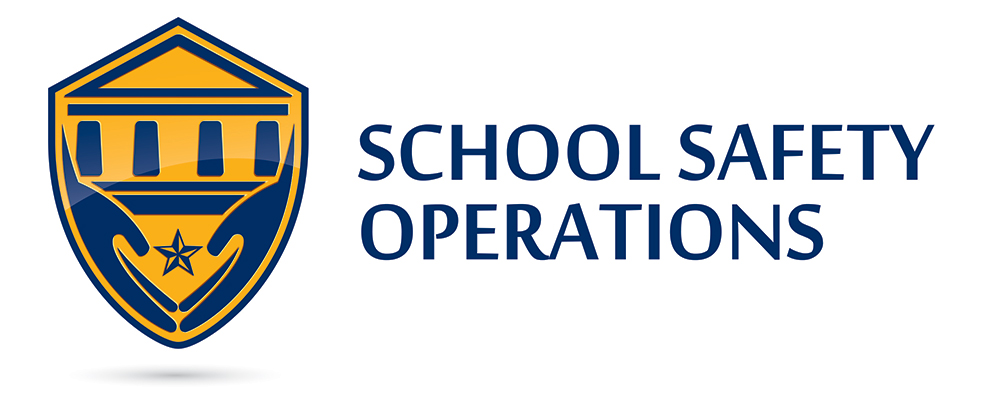Introduction to Emergency Operations Plans in Schools & School Emergency Management Plans
Requirement for Emergency Operations Plans
School districts and charter schools across the United States and Canada must have Emergency Operations Plans that comply with federal and local laws. These plans are essential for addressing various hazards that pose threats to schools and their surrounding areas. It is recommended that every educational institution has valid school emergency management plans.
The Need for Tailored Plans & School Emergency Management Plans
Emergency Operations Plans cannot adopt a “One-Size-Fits-All” approach. Each plan must be uniquely crafted to suit the specific needs of the school district and individual schools. This customization ensures that the plans effectively address the unique risks and challenges faced by each educational institution.


